Bimatoprost: Uses, Side-Effects, Interactions, And Precautions
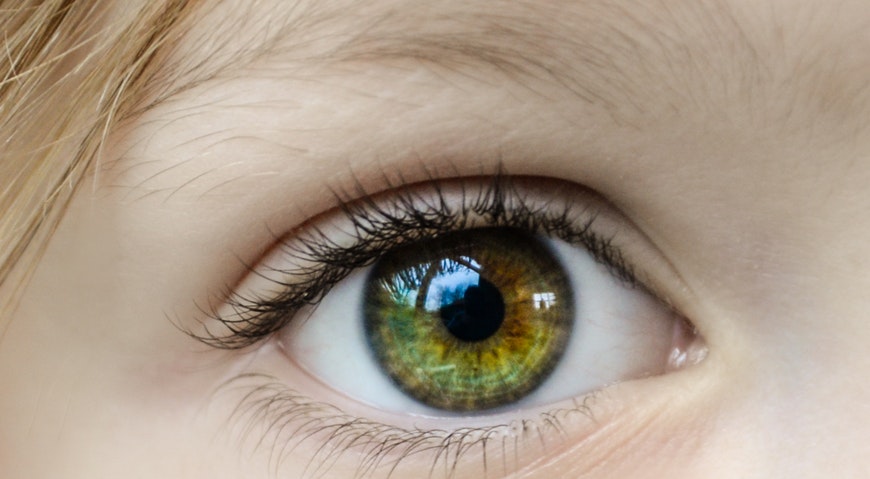
What Is Bimatoprost?
Bimatoprost Ophthalmic Solution is a man-made drug that has similar effects on our body as the naturally produced prostaglandin. It is sold under two brand names, Lumigan and Latisse (the latter is also available as Generic Latisse), both of which have been approved by the FDA in 2001 and 2008, respectively.
This drug is primarily used to treat ocular hypertension (high pressure in the eye) and certain types of glaucoma (loss of vision due to high pressure in the eye). It is also used to facilitate better growth of eyelashes in the patient.
Uses Of Bimatoprost
Bimatoprost manages high pressure in the eye, thus preventing complete loss of vision. It does so by increasing the outflow of aqueous humor, a clear and watery fluid in the eye that maintains pressure and bathes the lens. This heightened flow of the liquid results in a regulated pressure within the eye, thus preventing vision loss.
To get into specifics, Lumigan helps with ocular hypertension and open-angle type glaucoma. It functions exactly as explained above.
Secondary use of Bimatoprost is the better growth of eyelashes. With regular use, one can achieve longer, thicker, and darker eyelashes.
Latisse is the specific medication for this purpose.
How To Use Bimatoprost?
It is important to use Bimatoprost consistently every day at the same time for the best results. Ideally, it is suggested to use it once a day in the evening or as directed by your medical health professional. However, make sure to not end up overusing it, since that can exponentially reduce the effectiveness of the drug.
Steps to use Bimatoprost:
- Wash your hands with soap and water to ensure maximum safety during application.
- The tip of the dropper should not come in contact with your eye surface, hands, or any other surface to avoid contamination.
- Tilt your head backward and pull the lower eyelid downwards with a finger to create a small pouch.
- Bring the tip of the dropper as close as possible without touching the surface of the eye.
- Look up, and squeeze one drop out of the dropper into the pouch created by the lower eyelid.
- Close your eyes for 2 – 3 minutes and tilt your head down.
- Do not squeeze your eyes shut, rub them, or blink.
- Place a finger on the inner corner of the eye (near the nose) and apply pressure to ensure no medicine is drained out.
- Dab the excess medicine away with a clean tissue paper.
- Do not wipe or rinse the dropper before securing the lid back on the bottle.
- Wash your hands thoroughly to get rid of any medication.
- Wait 5 – 10 minutes after application if you need to use more drops in the same eye.
In case you use contact lenses, remember to remove them before the application of this drug, as the chemicals present in them can stain them. Only place them back after a minimum of 15 minutes of application.
If not used consistently, the condition might come back but chances are that the patient will not even know it. This is because glaucoma and high pressure of the eye usually show no symptoms. Remember that this medicine does not cure the condition but controls it. Just like other drugs, it also comes with some side-effects.
Side-Effects Of Bimatoprost
Some of the common side-effects experienced by patients are:
- Itching of eye
- Irritation in eye
- Dry eyes
- Mild headaches
- Ear or nasal congestion
- Coughing and sneezing
- Burning and tearing of the eyes
- Dark skin around the eyes
- Conjunctival Hyperemia (dilation and swelling of conjunctival vessels)
Another common side effect is permanent brown pigmentation of the iris (the colored part of the eye). If you are using the medicine in one eye only, you might end up with different colors in both eyes.
Hair growth is another common side-effect. It can lead to darker and thicker eyelashes, as mentioned above. But it can also cause hair growth in other areas of the skin, wherever it comes in direct contact with.
Some rare, but less severe side-effects include:
- Sensitivity to light
- Dizziness
- Discharge from eyes
- Reduced growth of eyelashes
- Double vision
- Night-blindness
These side-effects usually subside as your body gets used to the medication. Complete blindness is a more severe side-effect, but just like them, it should subside soon too. If not, immediately contact a doctor.
The adverse reactions mentioned below are extremely rare, but not impossible to occur.
- Pink eye
- Inflammation or redness of eyelids
- High blood pressure
- Inflamed iris or cornea
- Macular inflammation and degeneration of the eye
- Allergic reactions
If you are affected by any of the above, seek immediate help from a medical health care professional. This is not a complete list of side-effects, consult a doctor to know all the risks.
Interactions
It is highly unlikely for Bimatoprost to interact with oral medications or injectables. However, some drugs like tafluprost ophthalmic, latanoprost ophthalmic, unoprostone ophthalmic, among others might hinder the pressure-reducing effect of Bimatoprost. This effect too is more likely to be mild than severe.
There might be many other drug interactions on a case-by-case basis, so keep in mind to inform the healthcare provider of all other drugs you might be taking. This also includes any vitamins, herbs, and over-the-counter medications.
Precautions
There have not been adequate studies performed to check the relationship between age and the effects of Bimatoprost. Due to an insufficient amount of information about safety and efficiency, it is advised to only give this drug to adolescents above the age of 16.
Since Bimatoprost might cause disturbances in vision or blurred vision, it is advised to not drive or operate heavy machinery until these effects subside completely.
This drug should only be taken if extremely necessary during pregnancy. Its effects on breast milk are still unknown, thus it is suggested for lactating mothers to consult a doctor before consuming the drug.
The doctor might run an eye exam during each visit. This is important to make sure that the prescribed medication is working as anticipated and not leading to any adverse effects. Itching, swelling, irritation, or redness of the eye or eyelids might be an indication of an allergy to the drug, especially if it refuses to subside.
Conclusion
Bimatoprost should not be shared with other people. Keep it out of reach of children and store it at room temperature. It will not sit well in over-heated areas.
In case of a missed dose, take it as soon as possible. If it is almost time for the next dose, skip the previous missed dose and continue regular use from the next day. Do not double-dose. Too much Bimatoprost, as mentioned above, has been reported to reduce the efficacy of the medicine.
The effects of an overdose are usually not that severe but nevertheless, call a doctor immediately.
Lastly, if any of the side-effects persist or you notice any allergies, contact a medical health professional. Do not change the dosage or stop taking the medicine without proper consultation.
December 18, 2020 Sam Bell




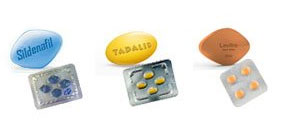

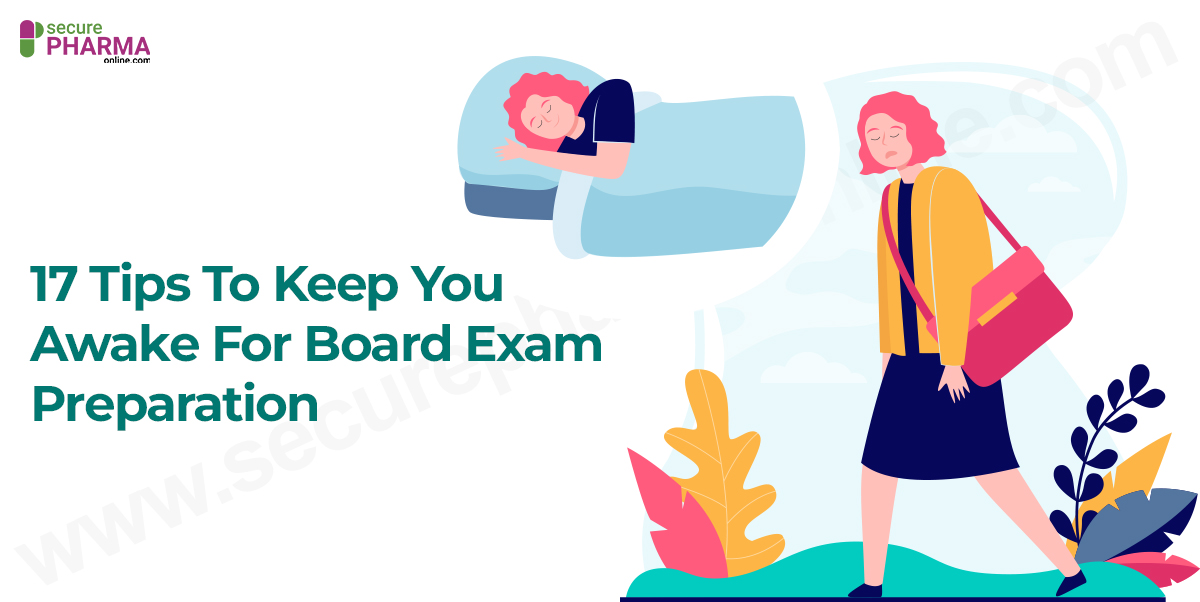
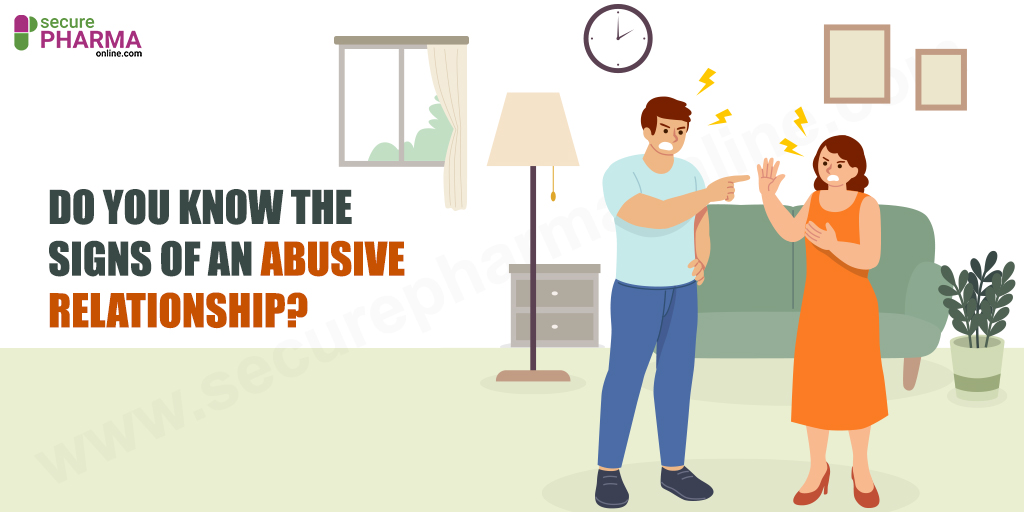

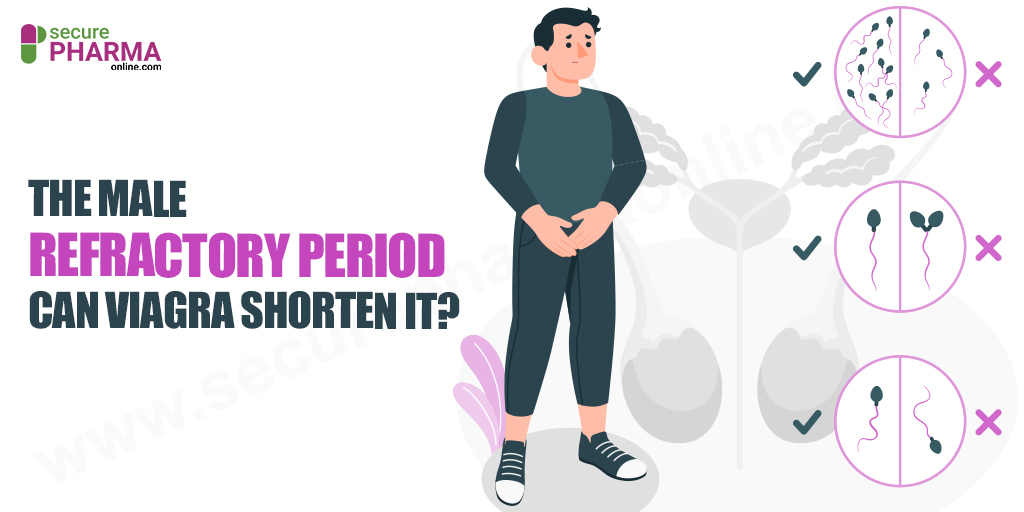
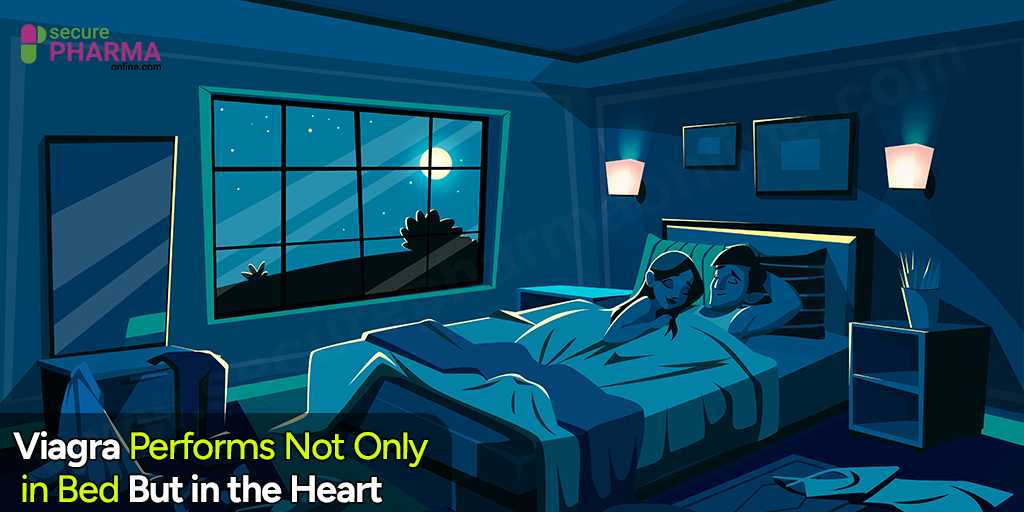
Comments